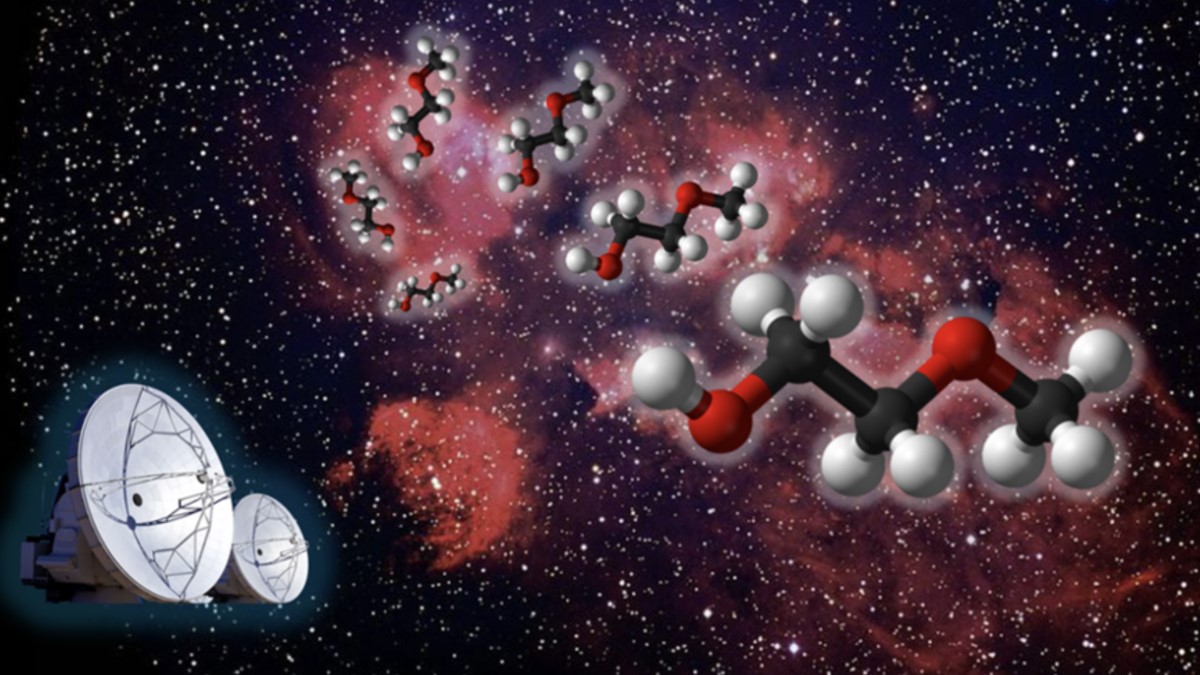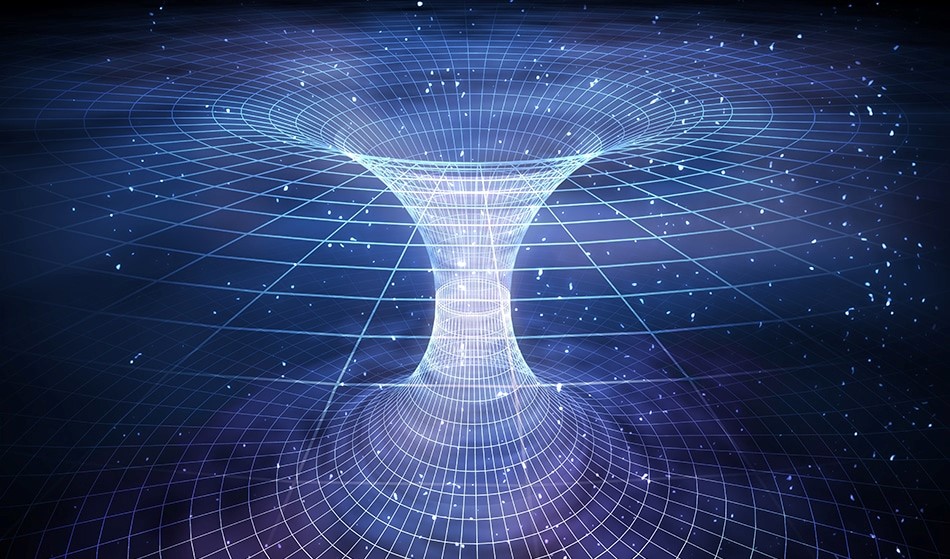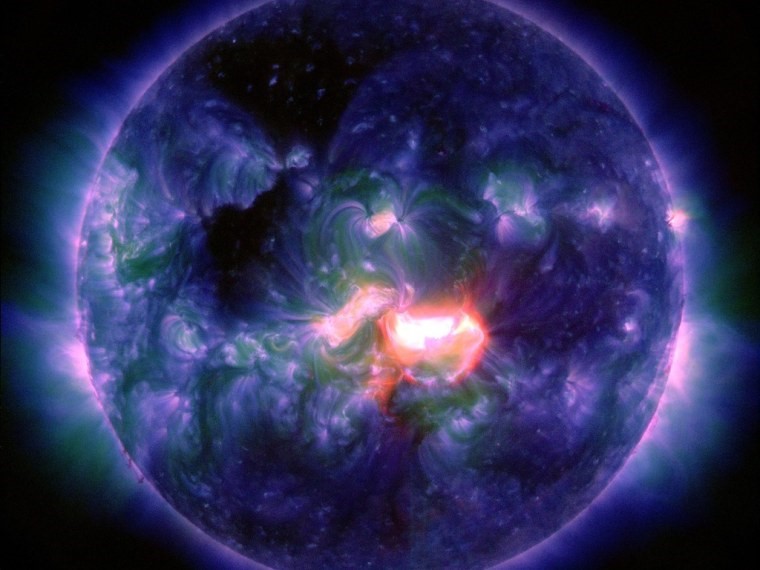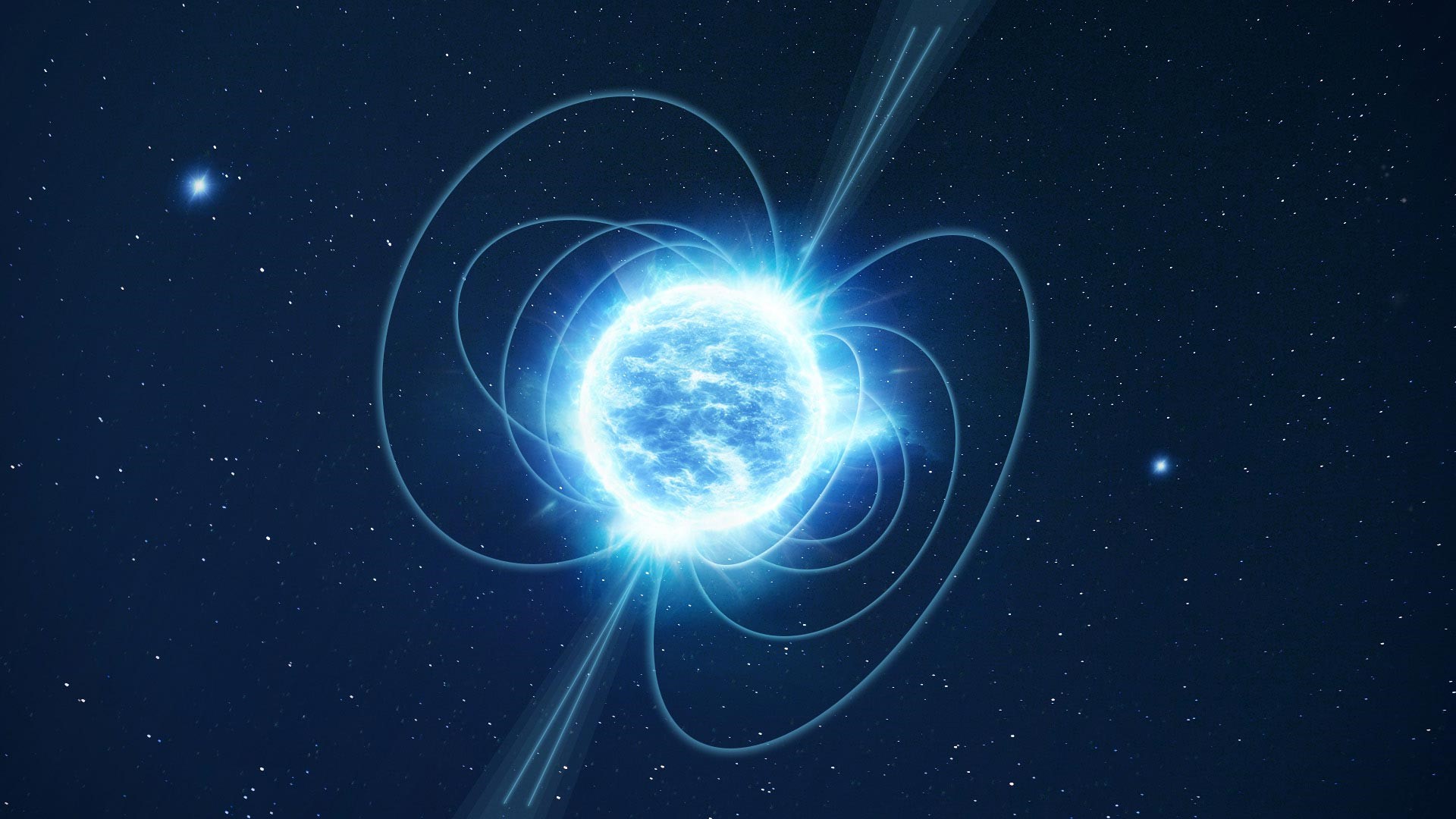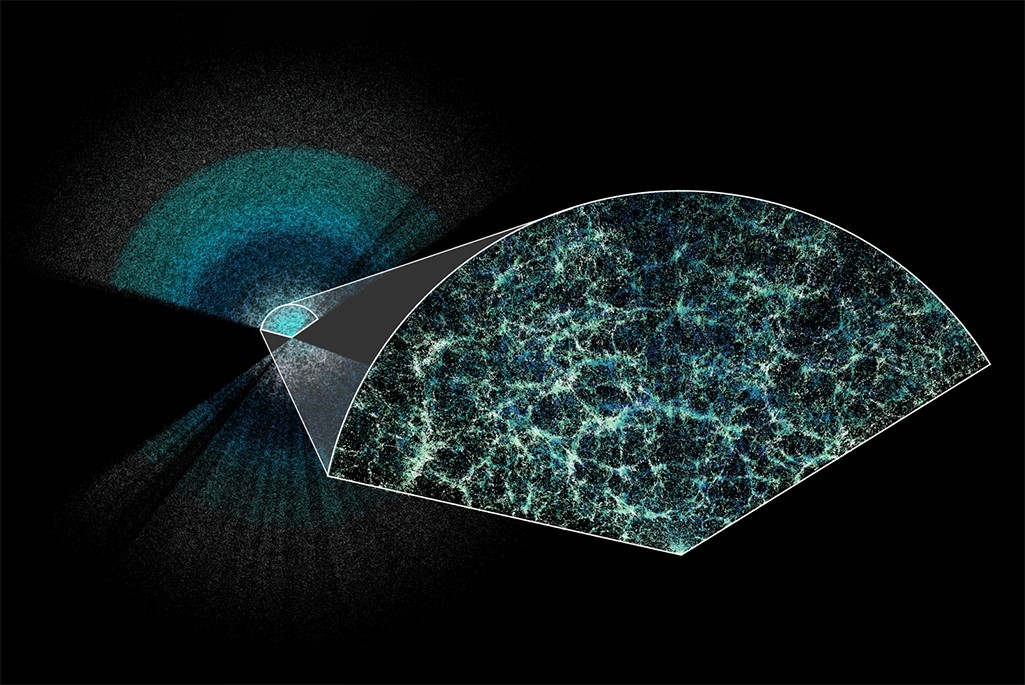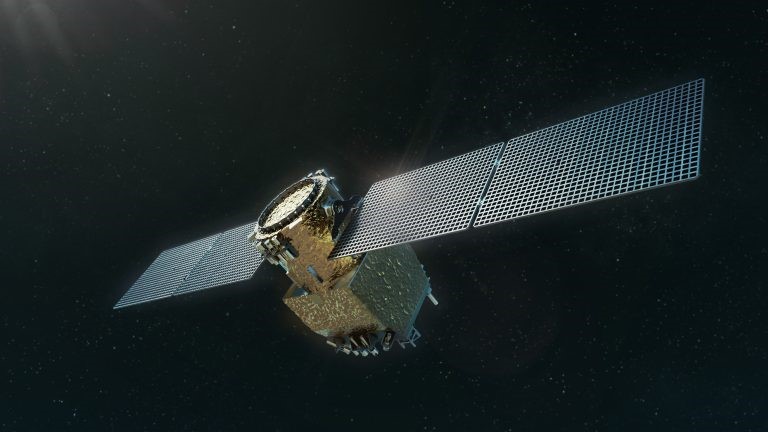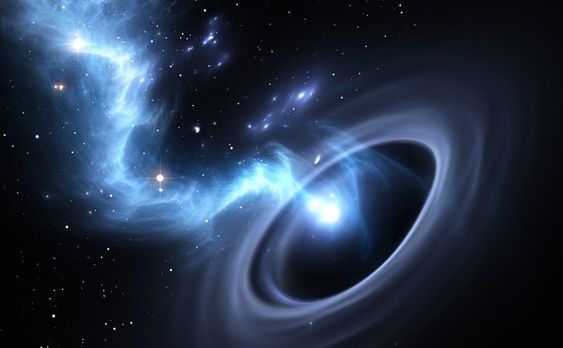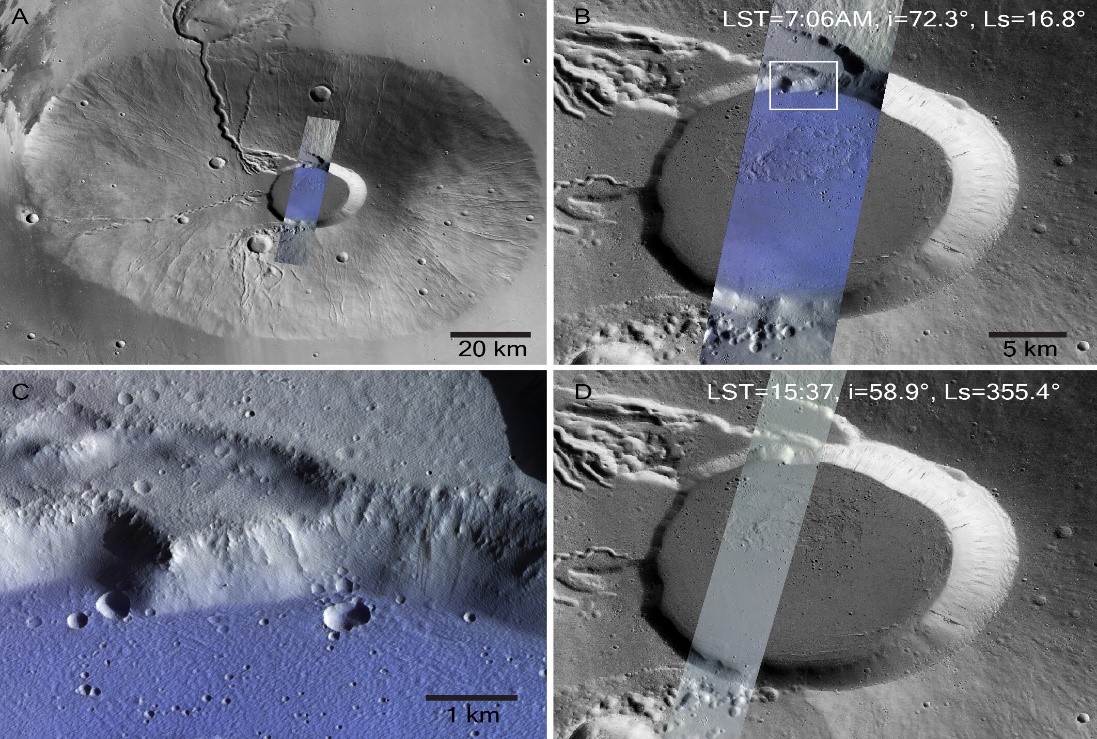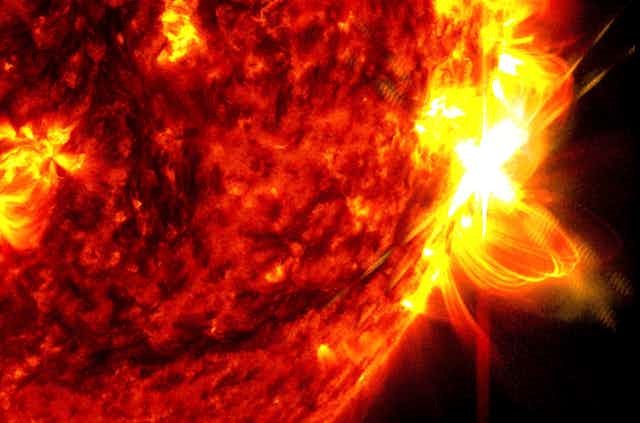High-Precision Measurements Are Pushing the Boundaries of Our Understanding of Cepheids
"Classical Cepheids" are a category of pulsating stars that exhibit periodic changes in brightness. These pulsations serve as valuable tools for astronomers to measure immense distances in space, establishing Cepheids as essential "standard candles" crucial for understanding the dimensions and expanses of our universe.
Studying Cepheids presents significant challenges. Their pulsations and potential interactions with companion stars result in intricate patterns that are difficult to precisely measure. Variations in observational instruments and methodologies employed over time have contributed to inconsistent data, posing obstacles to fully comprehending the behavior and characteristics of these stars.
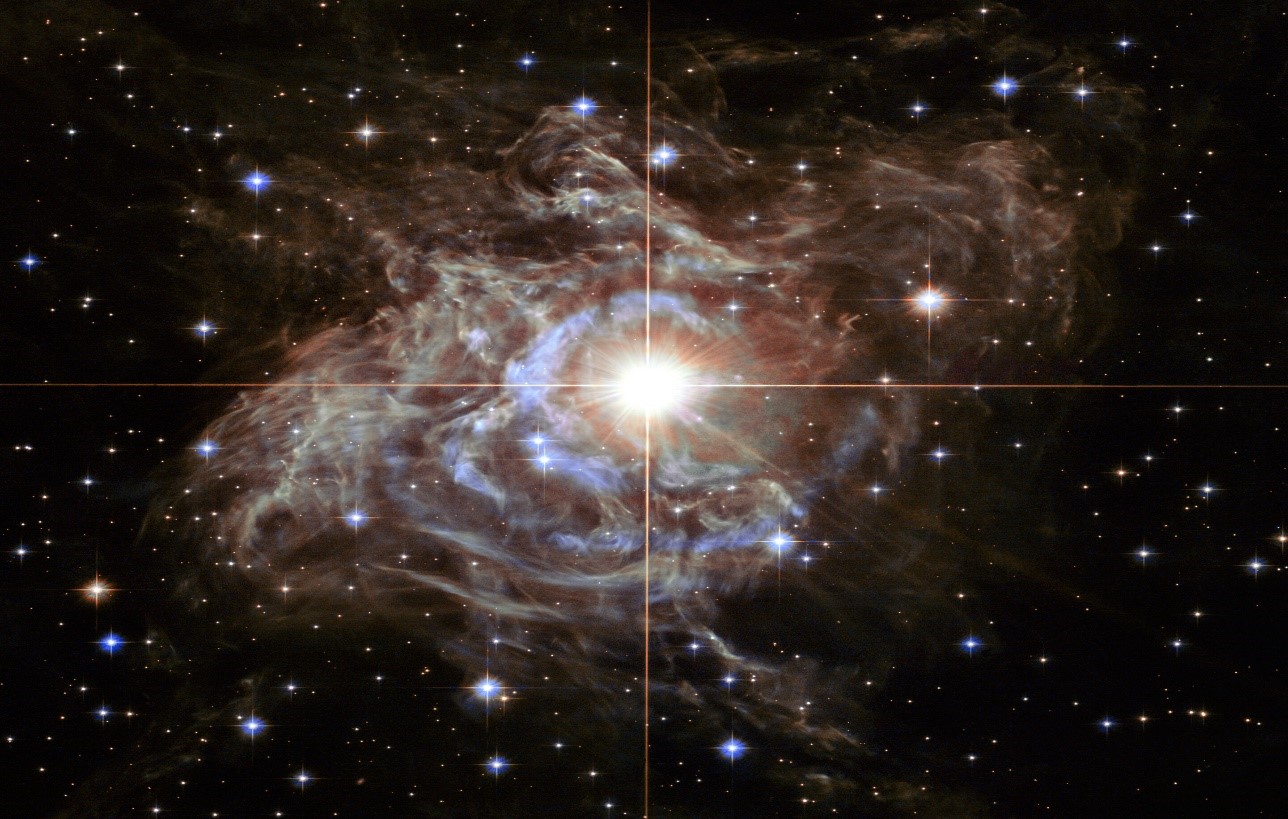
Figure 1. RS Puppis: A Luminous Dance of Light, Brightening and Dimming Over a Six-Week Cycle
Figure 1 shows RS Puppis: A Luminous Dance of Light, Brightening and Dimming Over a Six-Week Cycle. Richard I. Anderson, an astrophysicist at EPFL, explains, "Tracing Cepheid pulsations with high-definition velocimetry allows us to gain insights into the structure and evolutionary processes of these stars. [1] Specifically, measuring the radial velocities—how quickly the stars expand and contract along the line of sight—provides essential complementary data to the precise brightness measurements obtained from space. However, obtaining high-quality radial velocities has been a pressing challenge due to their cost and the limited availability of suitable instrumentation."
Uncovering Cepheid Mysteries with State-Of-The-Art Precision
"The remarkable precision and enduring stability of our measurements have provided novel insights into the pulsation dynamics of Cepheids," says Viviani. "These pulsations induce changes in the line-of-sight velocity up to 70 km/s, equivalent to about 250,000 km/h. We have achieved typical measurement accuracies of 130 km/h (37 m/s), and in some instances, as precise as 7 km/h (2 m/s), akin to the speed of a briskly walking human."
To achieve such exacting measurements, the VELOCE researchers utilized two high-resolution spectrographs: HERMES in the northern hemisphere and CORALIE in the southern hemisphere. Beyond their contributions to VELOCE, CORALIE is renowned for its discovery of exoplanets, while HERMES is widely employed in stellar astrophysics.
The two spectrographs detected minute shifts in the Cepheids' light, revealing their movements. The researchers employed advanced techniques to maintain the stability and accuracy of their measurements, compensating for instrumental drifts and atmospheric variations. "We measure radial velocities using the Doppler effect," explains Anderson. "This is the same principle used by the police to measure your speed, and it's also the effect you observe when the pitch of an ambulance's siren changes as it approaches or moves away from you."
The Intricate Rhythms of Cepheids
The VELOCE project has unveiled several intriguing insights into Cepheid stars. For instance, VELOCE data offer the most detailed examination to date of the Hertzsprung progression—a pattern in the stars' pulsations—revealing double-peaked bumps previously unknown. These findings promise to enhance our understanding of Cepheid structure when compared against theoretical models of pulsating stars.
The team observed that several Cepheids display complex, modulated variability in their movements. This means their radial velocities fluctuate in ways that defy simple, regular pulsation patterns. In essence, while Cepheids are expected to pulsate with a predictable rhythm, VELOCE data uncover additional, unexpected fluctuations in these motions.
These deviations do not align with traditional theoretical models used to describe Cepheids. "This suggests more intricate processes are at play within these stars, such as interactions between different layers of the star or additional (non-radial) pulsation signals, which could offer insights into Cepheid structure through asteroseismology," explains Henryka Netzel, postdoctoral researcher with Anderson. Initial detections of such signals based on VELOCE are detailed in a companion paper (Netzel et al., in press).
Binary Systems
The study also identified 77 Cepheid stars that are part of binary systems, where two stars orbit each other, and identified 14 additional candidates. [2] A companion paper, led by Anderson's former postdoctoral researcher Shreeya Shetye, delves into these systems in detail, enriching our understanding of how these stars evolve and interact. "We've observed that approximately one in three Cepheids has a companion star whose presence we can detect through the Doppler effect," explains Shetye.
"Understanding the nature and physics of Cepheids is crucial because they provide insights into the general evolution of stars. Moreover, we rely on Cepheids for accurately determining distances and calculating the expansion rate of the universe," adds Anderson. "Additionally, VELOCE serves as an important cross-validation for similar, albeit less precise, measurements expected from the ESA mission Gaia, which is slated to conduct the largest survey of Cepheid radial velocity measurements."
References:
- https://arxiv.org/abs/2404.12280
- https://phys.org/news/2024-06-high-precision-cepheids.html
Cite this article:
Janani R (2024), High-Precision Measurements Are Pushing the Boundaries of Our Understanding of Cepheids, AnaTechMaz, pp.30


